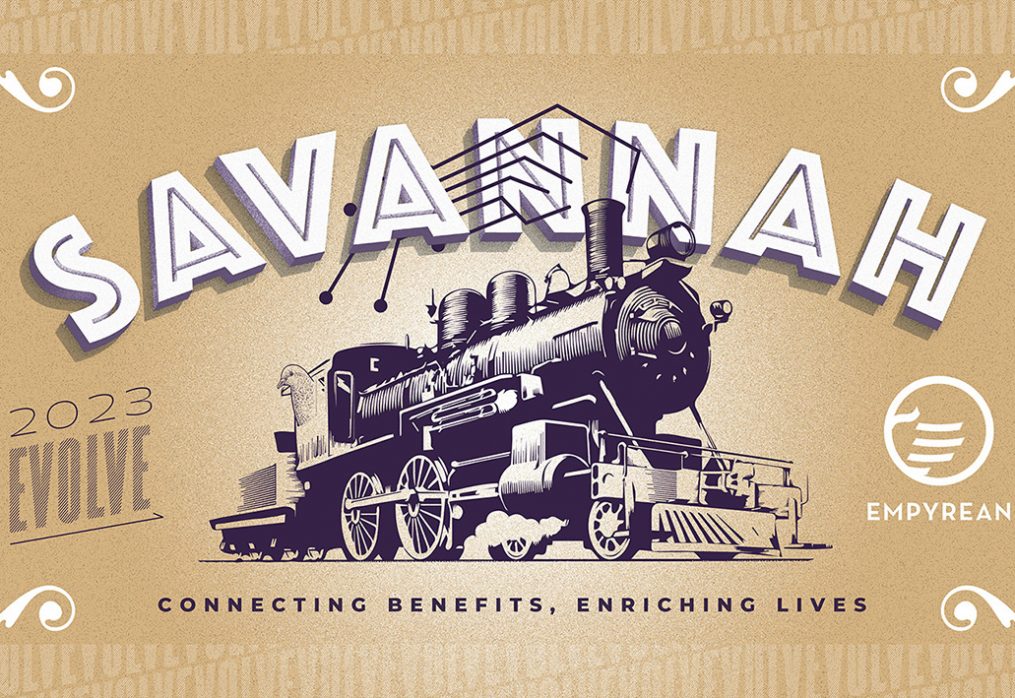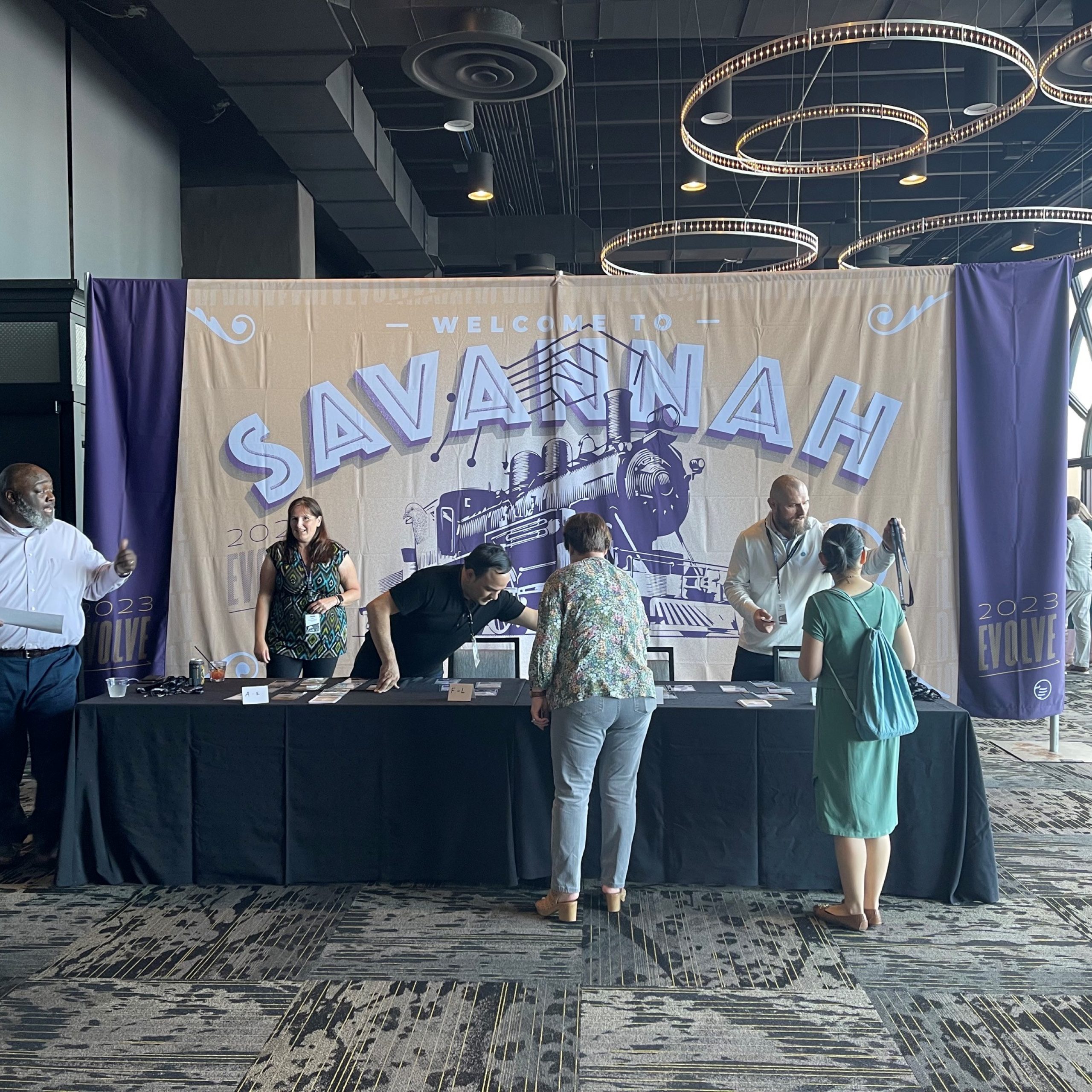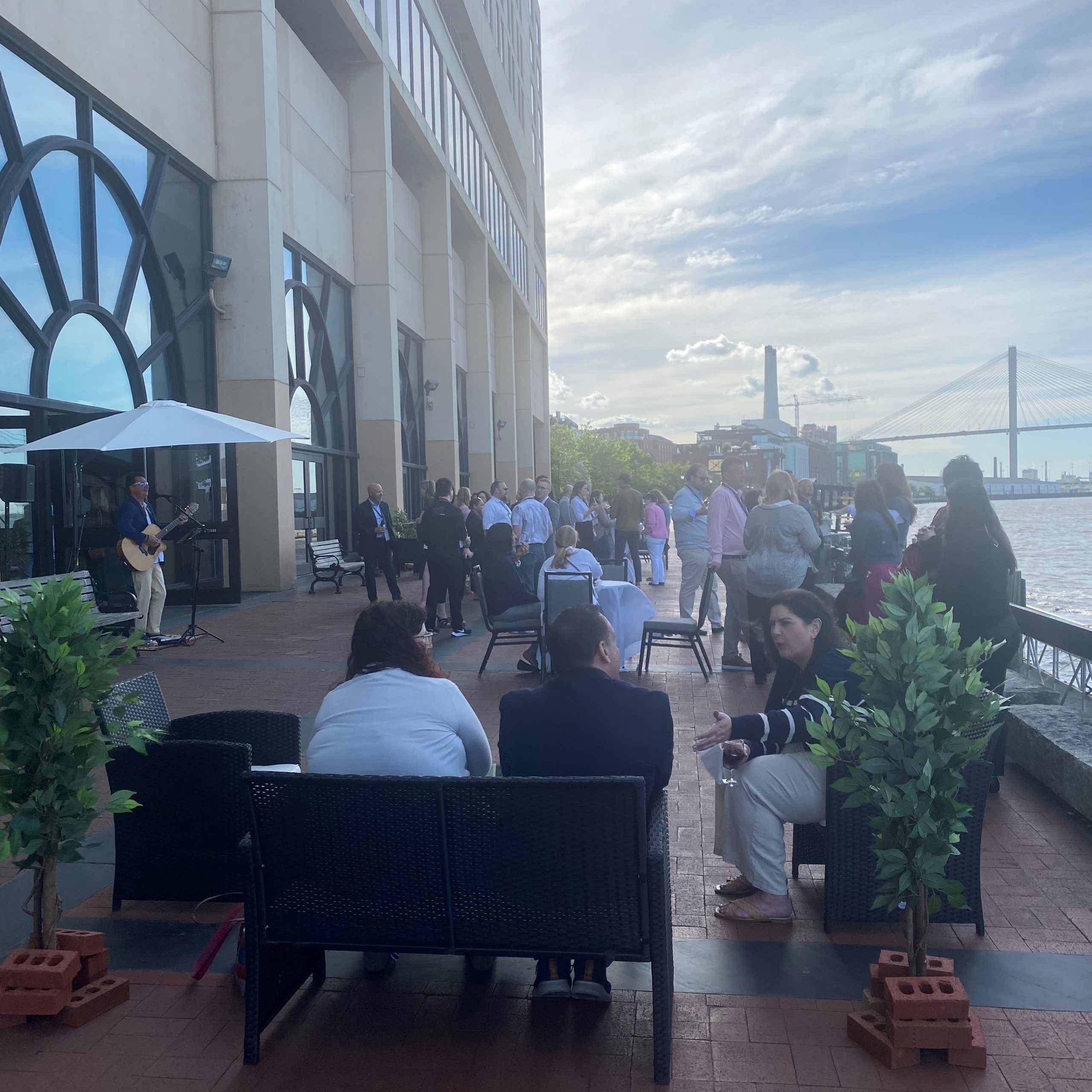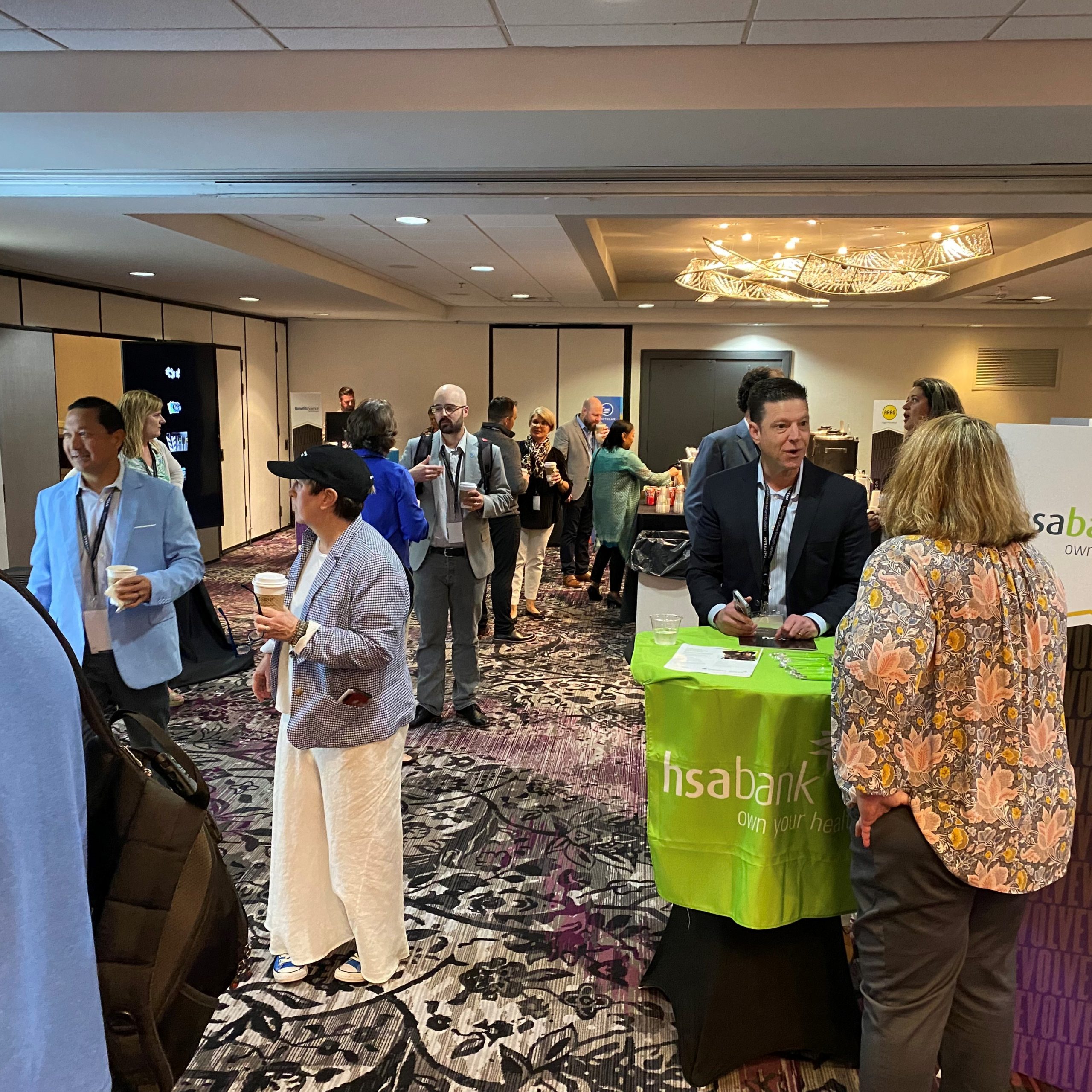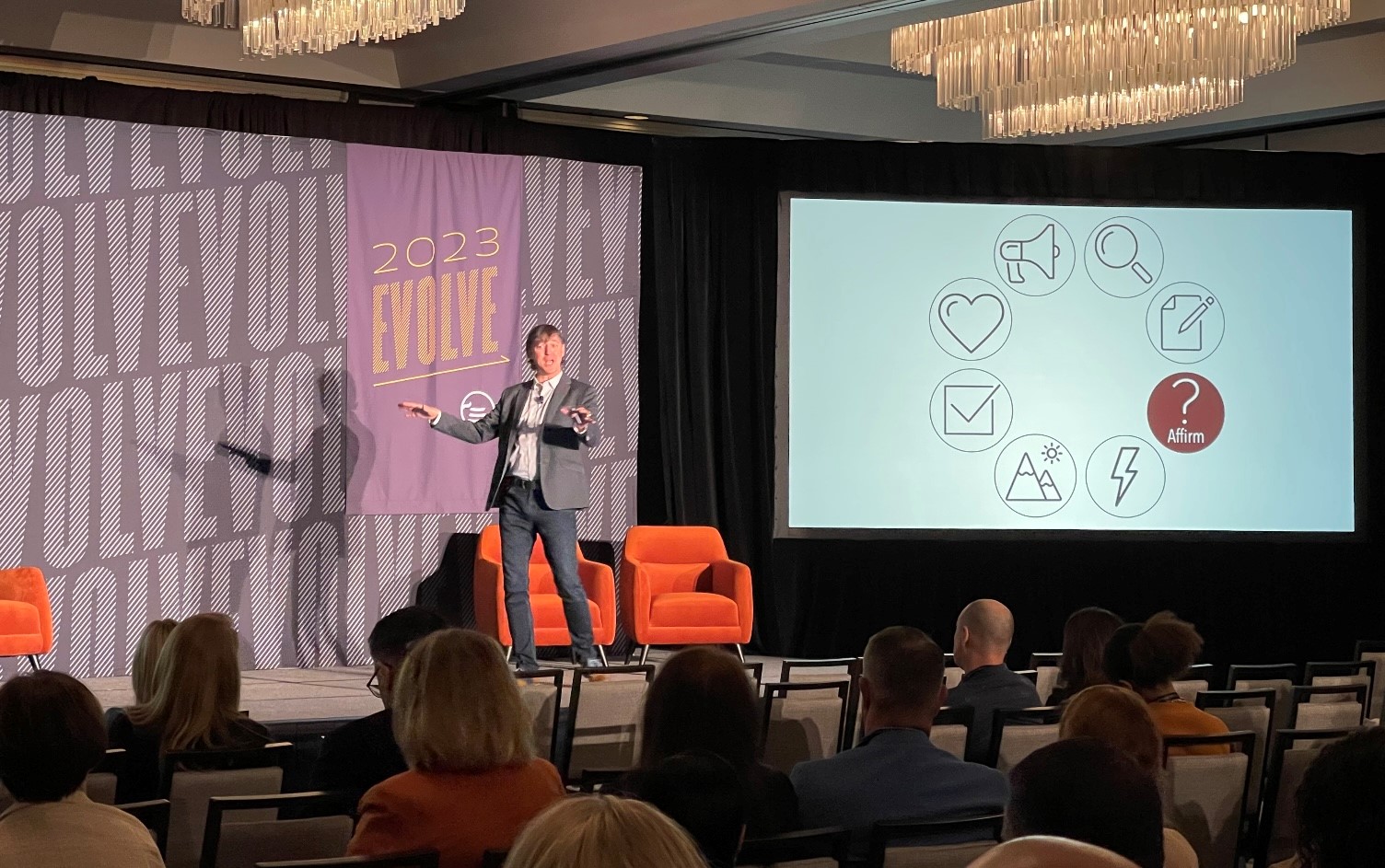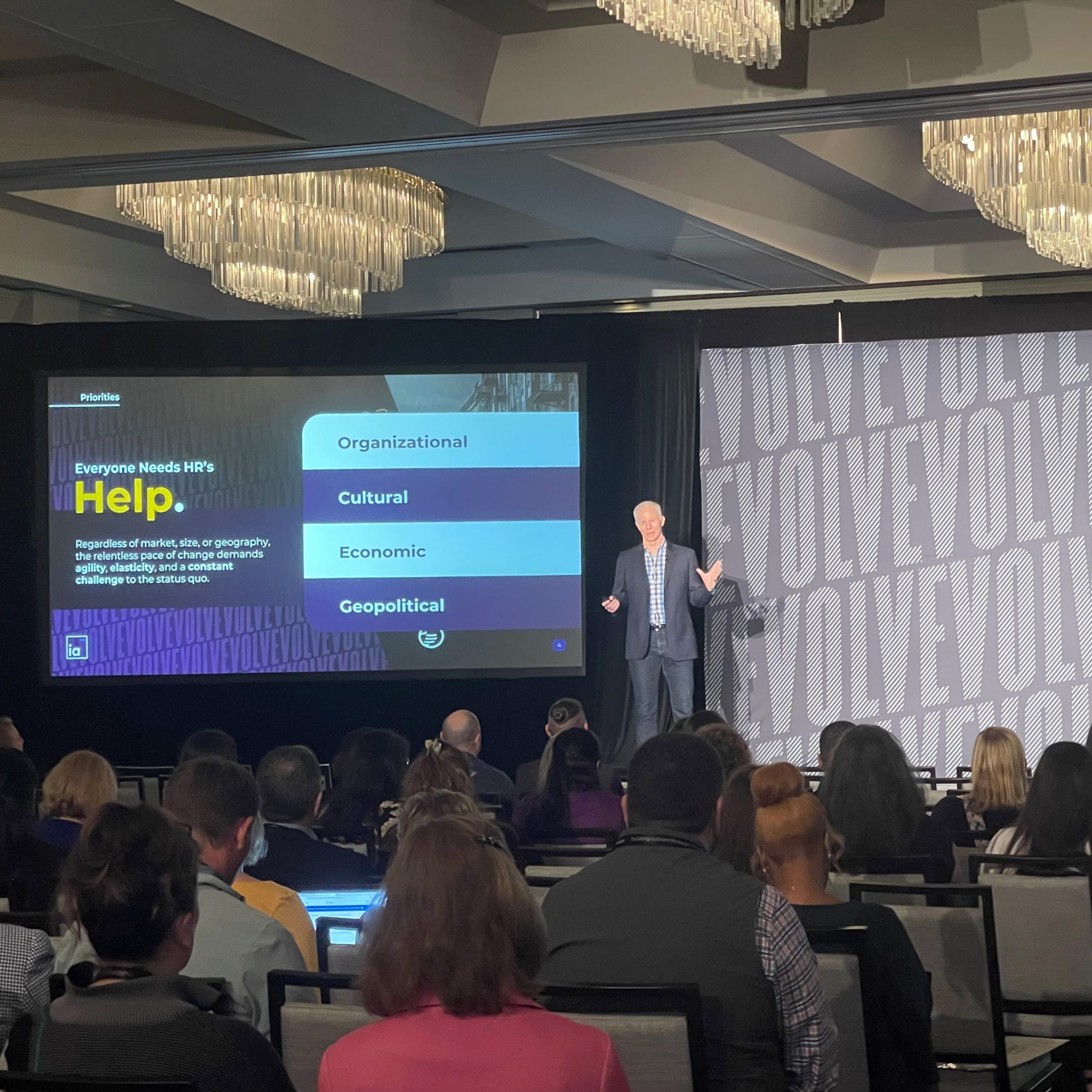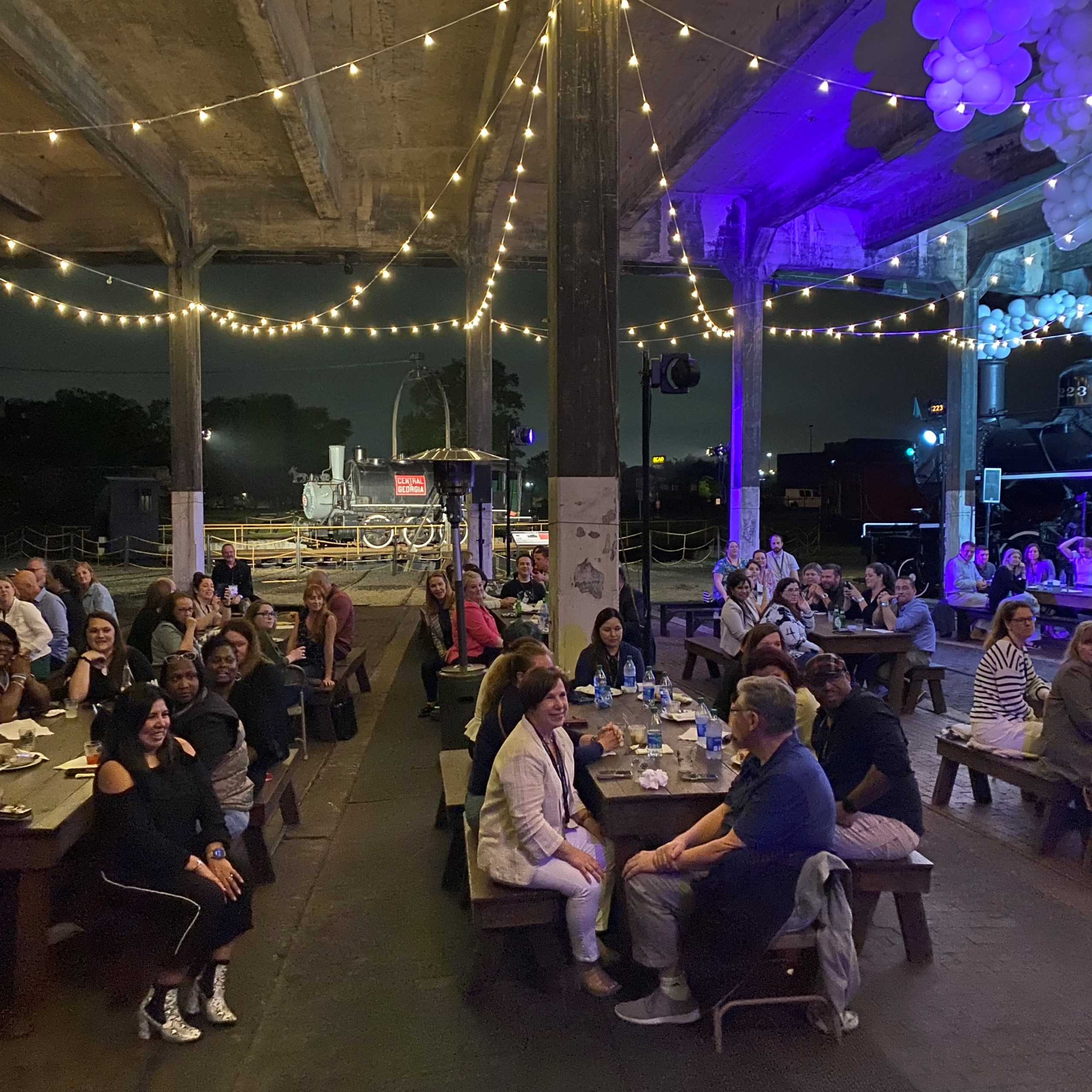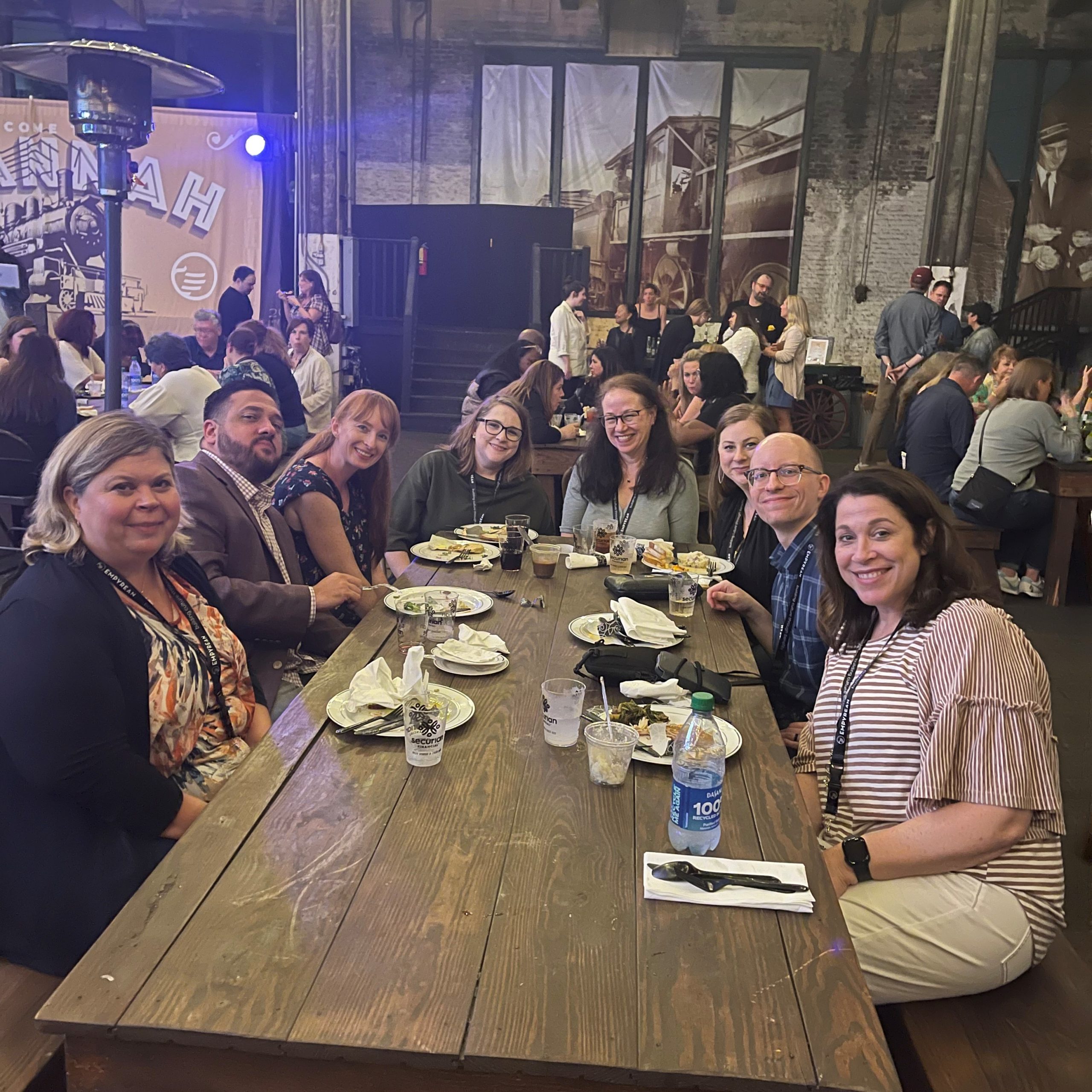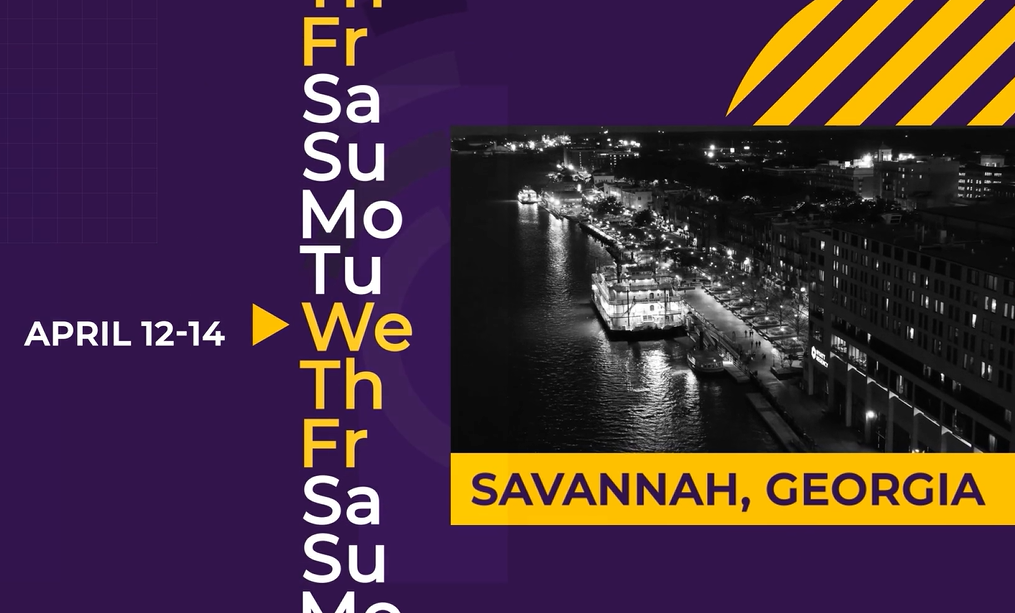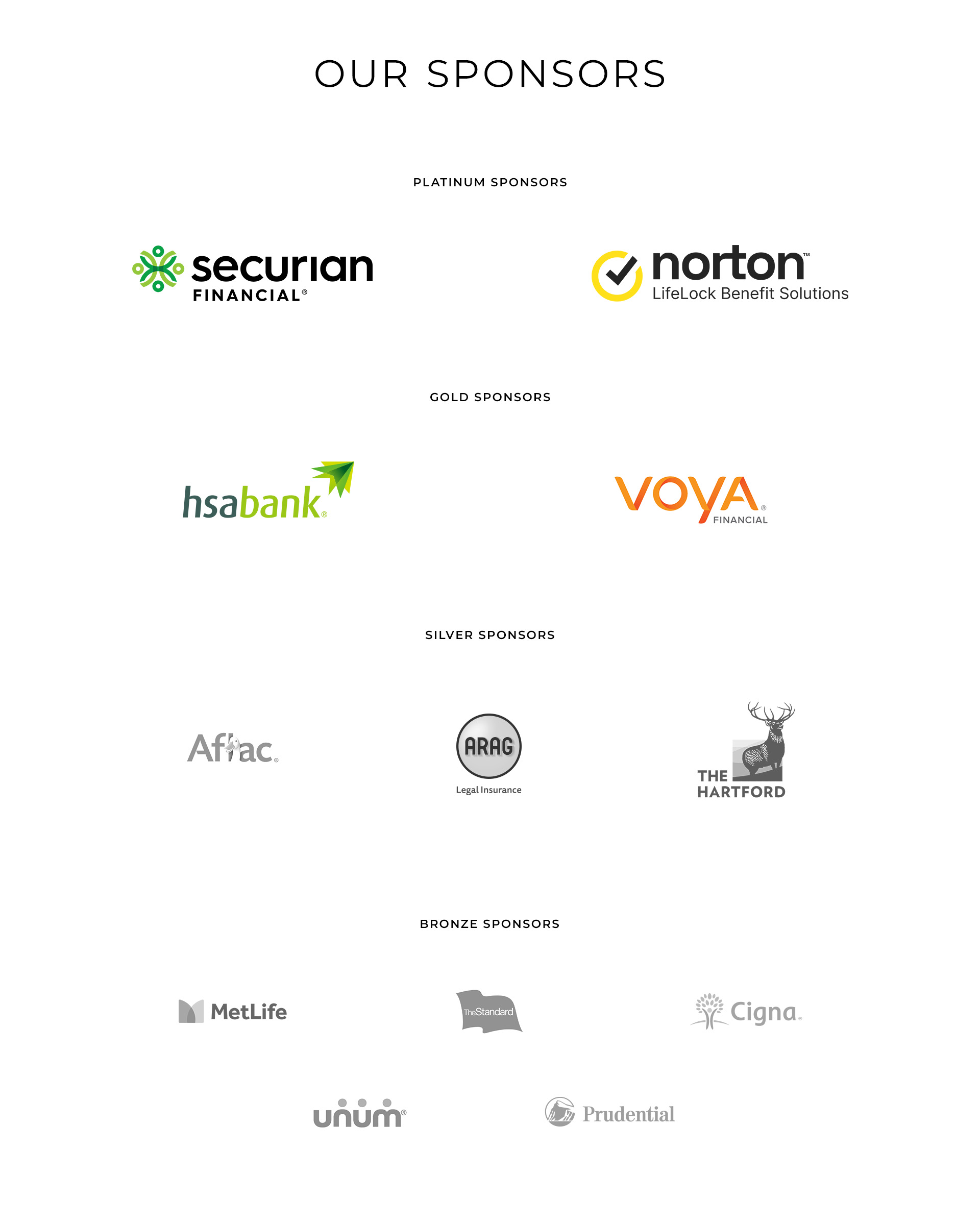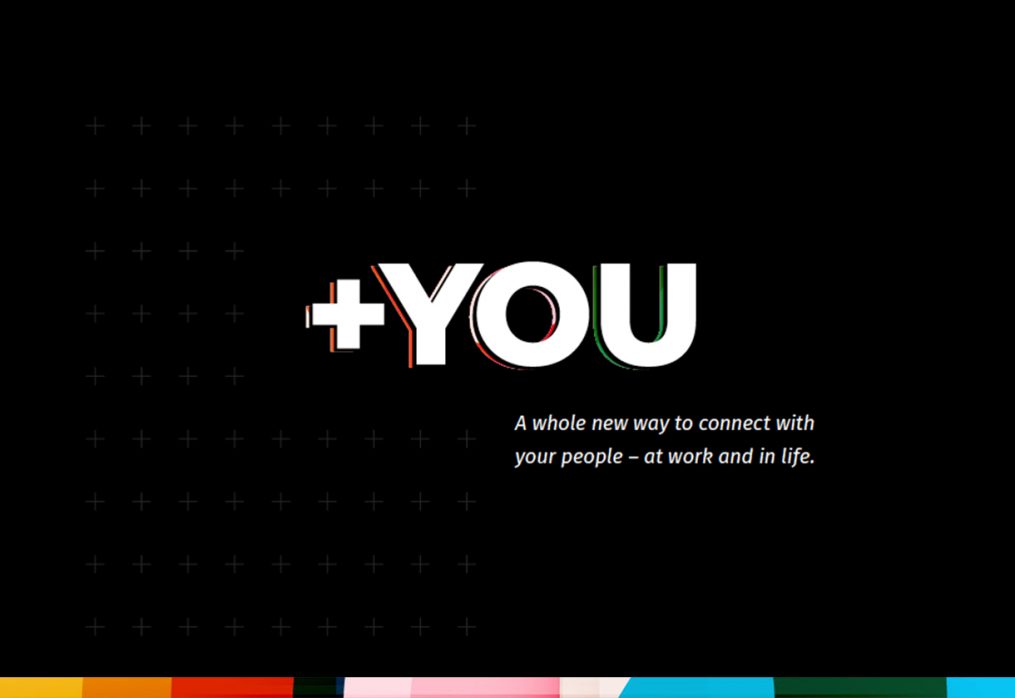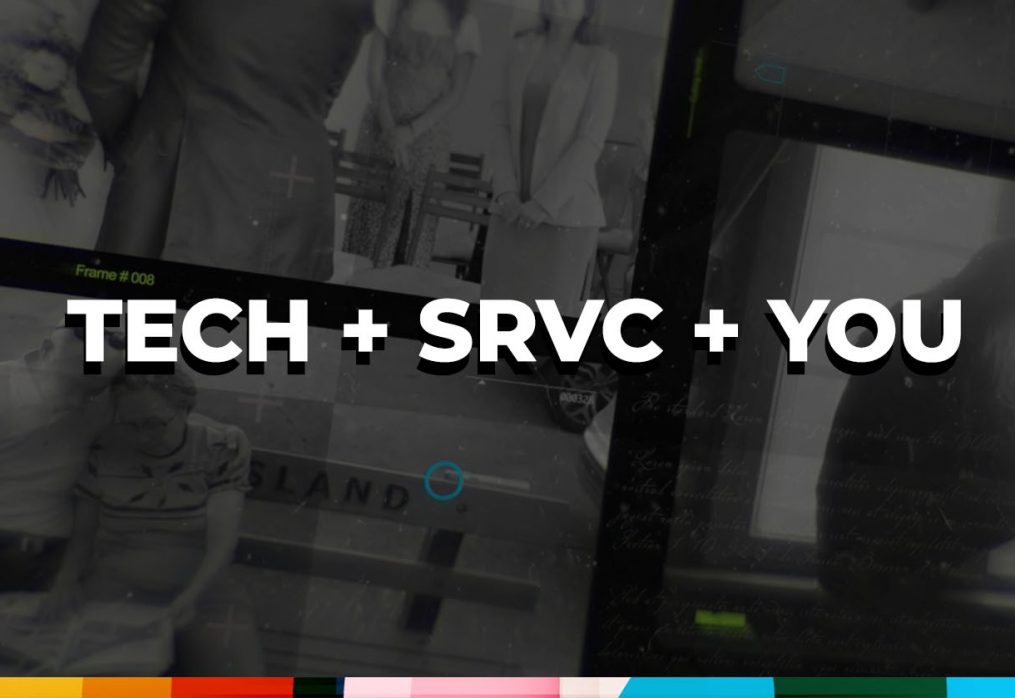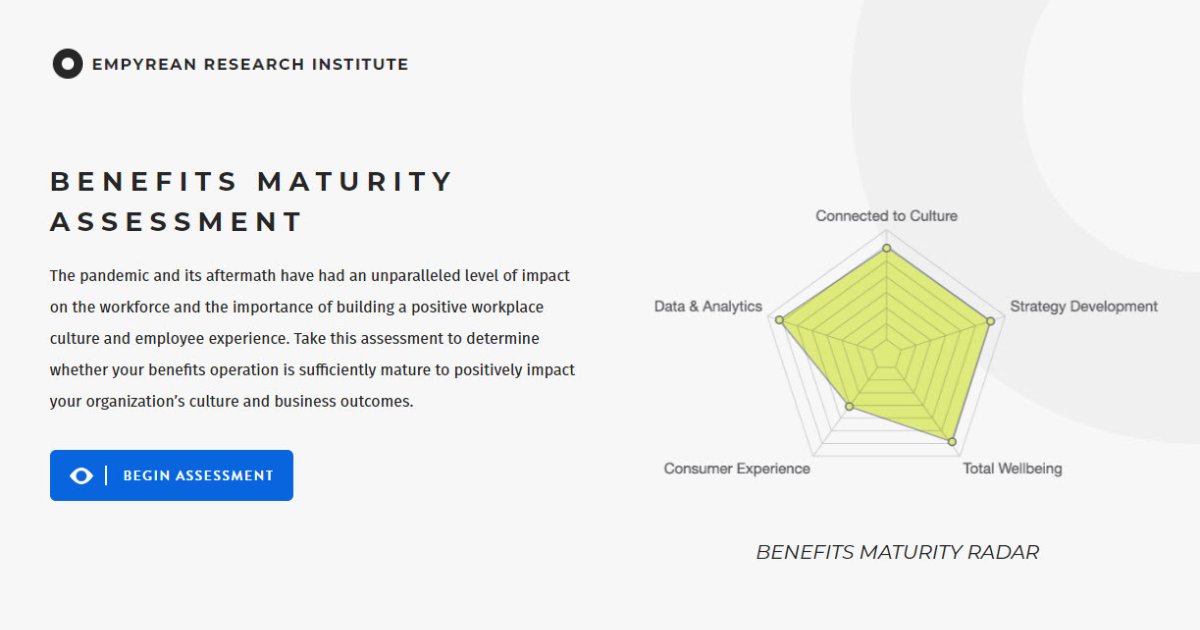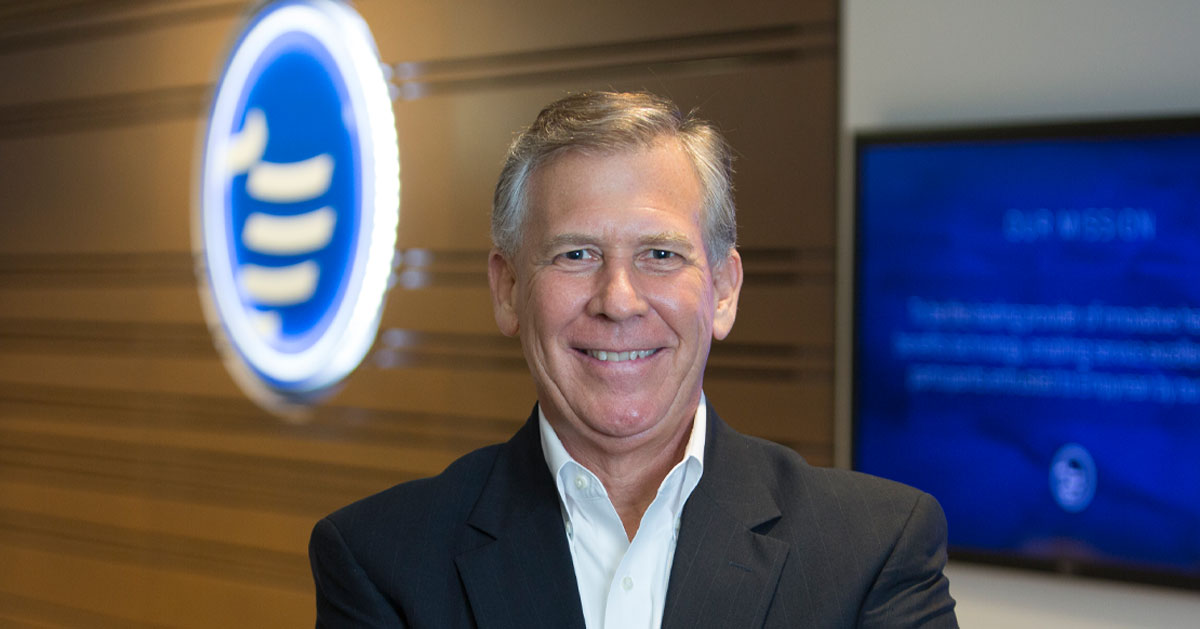6 Ways Healthcare Employers Can Tackle Burnout and Make Workplaces Safer
15 July, 2024Amid a national nurse staffing crisis, stark data suggests healthcare employers need to urgently address burnout. It threatens employers’ ability to hire and retain talent in an already scarce environment.
Nearly one-third of nurses say they are likely to leave the profession, according to an AMN Healthcare survey. It is surprising that the figure isn’t higher, considering two-thirds of nurses say they are burned out (American Hospital Association), and 8 in 10 say they have experienced some type of violence in the workplace.
Those are staggering findings. The alarming part of this crisis is that not enough employers are addressing burnout and workplace violence head-on, according to the American Nurses Foundation. When employees feel unsafe or overworked, the likelihood of voluntary turnover (quitting) skyrockets. Research by Kronos found that up to 50% of turnover is due to burnout, and National Nurses United data shows 60% of nurses said they left a job or considered leaving due to workplace violence, a contributing factor to burnout in this profession.
Some of the reasons these issues remain unaddressed in healthcare settings, including at long-term care facilities, according to National Nurses United, are:
- No reporting mechanisms exist, or they are poorly communicated
- Lack of clear policies on the issues
- Lack of education and training
- Underuse of PTO in the nursing profession
- Poor communication about employer-provided benefits, EAP offerings, or well-being solutions to address the issues
- The organization doesn’t focus or invest in a culture of well-being
The nature of healthcare operations is also a contributing factor when it comes to burnout and the adverse effects of workplace violence. Nursing shortages across the industry lead to high workloads and long hours. Shifts in this profession, especially in hospital or acute care settings, typically last 12 hours to provide more continuity of care and reduce errors due to shift changes. The combination of a shortage of nurses and long hours also leads to a lack of flexibility in scheduling, especially when it comes to focusing on an employee’s well-being.
There are other things that exasperate burnout, such as:
- Emotional and physical demands of the job
- Lack of support from organization and/or managers
- The emotional toll of patient care
- Personal factors, including financial stress.
What employers in this industry need first is to prioritize employee well-being. Burned out nurses lead to medical errors, poor patient care, and higher turnover rates. We recommend developing a comprehensive guide or set of steps to reduce the effects of burnout among nurses. A proactive approach that focuses on the employee experience and well-being can create an environment of security and safety.
Here are some simple steps to get started:
- Acknowledge the issues and create an initiative to reduce burnout and improve workplace security.
- Communicate policies, tools, and support mechanisms to nurses.
- Empower managers to monitor and support nurses around these issues.
- Focus on a culture of empathy, care, and well-being.
- Measure and evaluate over time.
Once that cultural and infrastructure work is in place, we recommend the following six practices to be proactive and address burnout and the effects of workplace violence that nurses face.
- Demonstrate empathy. Create a culture of proactive concern around burnout, overall well-being, and personal security. Establish a system of 1:1 check-ins with employees to know how your people are doing. Train managers to know what resources are available to employees through employer-provided benefits. It is critical for leadership to set an example with a focus on employee well-being.
- Establish or highlight existing health and wellness programs. Providing access to mental health services, such as therapists and counselors, helps nurses manage stress, anxiety, and trauma that result from workplace violence. Regular mental health support can prevent burnout by addressing issues early on. At the same time, wellness initiatives such as yoga, meditation, and fitness classes promote physical health and stress relief, which are essential in preventing burnout. And, addressing the whole person would not be complete without a nutritional component. Providing counseling can also improve overall health, making nurses more resilient to stress. An often-overlooked aspect of overall health and well-being is whether employees are doing routine health screenings. These regular health check-ups and screenings can identify early signs of burnout and physical stress, enabling timely interventions.
- Provide financial support and key well-being benefits. Ensuring competitive pay and benefits can reduce financial stress, which can be a significant (and often unseen) contributor to burnout. Knowing that their financial well-being is secure can make nurses feel more valued and engaged. Financial counseling as part of employer-provided benefits can also help nurses manage their personal finances and reduce stress related to financial insecurity. This can be particularly beneficial for nurses dealing with the costs associated with workplace injuries or therapy. Assisting with student loans can also alleviate a major financial burden, allowing nurses to focus more on their work and less on financial worries.
- Prioritize workplace safety and support structures. Start with an audit around workplace safety and security, with a focus on employees’ vulnerabilities to workplace violence. Establishing a zero-tolerance policy toward any form of workplace violence, including verbal and physical abuse, sends a clear message to employees that their safety is valued. This policy needs to be clearly communicated to all staff members, followed by training sessions, staff meetings, and clearly posting the policy on employer apps and technology platforms. Regular training on handling violent situations and recognizing early warning signs empowers nurses to feel more secure in their work environment. A critical component of this approach is establishing a reporting mechanism. Consider an anonymous reporting system for incidents of violence to ensure nurses can report issues without fear of retaliation and encourage a culture of safety and support.
- Provide flexible work schedules and destigmatize time off. Implement flexible work arrangements by assessing individual needs and preferences for flexible working hours or job sharing, and back up that intention with policies that support work-life balance without compromising patient care. Given the systemic problem of nurses not using their paid time off (PTO) benefits (a culture issue that also needs attention), monitor PTO and encourage nurses who are not taking time off to use their PTO benefits to prevent burnout or help recover from an incident of workplace violence. Managers and leaders can set an example by taking PTO and communicating the positive effects of using the benefit.
- Measure these initiatives. Conduct an initial assessment using anonymous surveys to gauge the levels of burnout and incidents of workplace violence in your setting. Hold focus group discussions to gather detailed feedback from nursing staff to better understand their overall well-being. Continuously monitor and evaluate the effectiveness of support programs and gather feedback, making necessary adjustments to improve the programs based on the evaluation results.
Following this simple guide could significantly reduce nurses’ burnout and address the adverse effects of workplace violence to which they are exposed. A holistic approach to employee well-being can be a major driver in the employee experience and create a more connected culture.


